Before Christ, before the Emperor Augustus, in the isolated lands of Gallaecia, there was a Celtic culture which peppered the highlands and coastlines of modern-day Galicia with their hill-top settlements. On these stone castros the Gallaeci built their civilisation: a technologically primitive one when measured against the crushing power of the Roman legions who came to defeat them, but one which could construct towns and fortifications, cultivate crops, domesticate animals, collect the fruits of the forest and sea, extract minerals from the earth, and craft arts and arms, and one which defended itself from Roman invaders for over one hundred years.
Life in Gallaecia before the Romans
Each of the castro hillforts had its own local rulers; a prince-like figure who sat at the top of the steeply hierarchical civilisation, which Galician historian Ramón Villares has described as a “bellicose society, with a very unequal social distribution of the wealth, and with evident symbols of internal hierarchy.” The masses below this elite developed a rich spiritual world populated by animistic gods – such as Nabia , the goddess of water and streams – and gods of a social role – such as the warring Mars Cosus and Bandua, the protector of the community. To these deities the Gallaeci made animal and human sacrifices, seeking to placate these pagan gods, numbering up to one hundred across the coastal lands and high lands of Gallaecia.
“At O Facho de Donon, this history manifests itself before your eyes and under your feet: this civilisation of Celts, their conquest and incorporation into the Roman world, and the rise of a fusion society, of Pagan and Latin: the crystallisation of modern Galicia.”
On the peninsula of O Morrazo, in Galicia’s sparkling set of harbours known as the Rías Baixas, there are a number of these Castros to be explored across the peaks and ridges that define the peninsula’s geography. The largest of them all, the most investigated and understood, is known as O Facho de Donon. Even from below, O Facho de Donon is impressive: towering above on a granite peak, the settlement looks down on the valleys and forests below, over the ocean to the west, and onto the islands erupting out from the sea below.
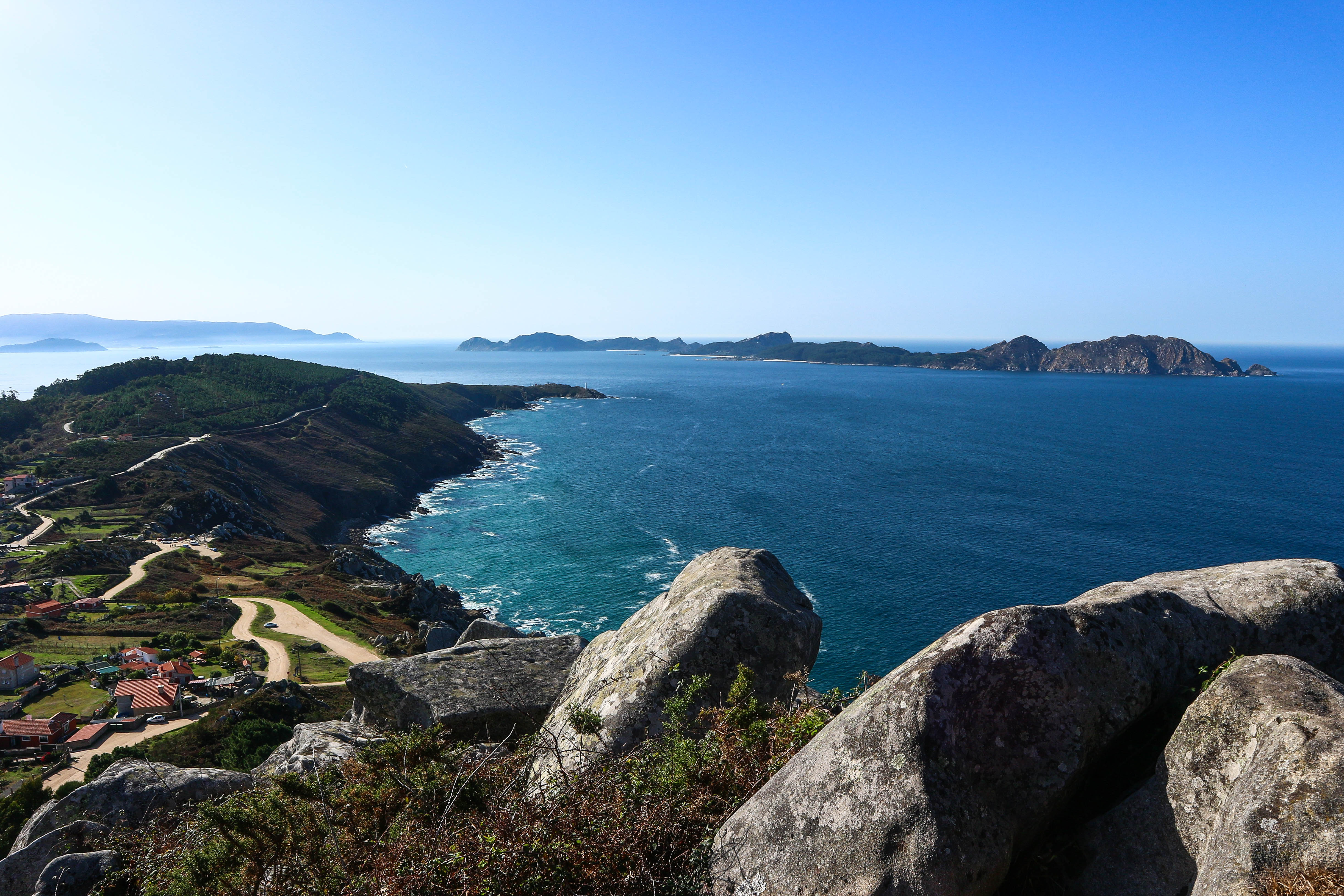
The slow conquest of Gallaecia
From the heights of O Facho de Donon any threat from sea or land can be seen: seaborne raiders from the north or conquerors from afar. But when the legions of Emperor Augustus marched over the hills that isolate Gallaecia from the rest of Roman Hispania, these Castros had to decide between capitulation to the iron spears and shields of the Empire or resistance and inevitable defeat. The initial Roman incursions came in 137 BCE, and by the year 19BCE Gallaecia was incorporated as a Roman province, marking over one century of fighting in these northern territories before inaugurating the long Pax Romana. The resistance, then, was serious.
“Even today, in Galicia, there still exist signs of this fusion of Latin and Pagan, hints of a latent indigenous culture found in their Carnivals and Solstice celebrations, and in their mythology of mouras (siren-like women of the forest) and stories of meigas (witches).”
The Empire that came to dominate these lands was even more hierarchical than the previous castrense society. In the face of Roman superiority, many of the indigenous elite chose to sign treaties with the new authorities in an attempt to secure continued peace and prosperity for their castros. This negotiation and compromise between the indigenous population and the foreign conquerors reflects an integration of the indigenous populations into the Roman order, though in the coming centuries the indigenous cultures came to be assimilated into the new world order through a process known as romanisation: their gods supplanted by the Graeco-Roman pantheon, and their resources and economy put at the service of the Imperium Romanum.
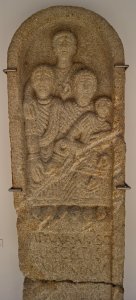
The Galic-Roman society: a fusion culture
This romanisation, however, was not complete: pagan deities continued to be worshipped, and the hilltop castros continued to survive and thrive under their new rulers. At O Facho de Donon, a recent dig has uncovered a number of Roman coins, evidencing the continued use of the settlement and the relative weakness of romanisation when compared to the other Iberian provinces of Hispania Bética (to the South) and Hispania Tarraconensis (to the East). Some authors speak of a hybrid society, a Galic-Roman culture, a “new culture, fruit of Roman influences and of the indigenous inheritance”, according to Villares. Even today, in Galicia there still exist signs of this fusion of Latin and Pagan, hints of a latent indigenous culture found in their carnivals and solstice celebrations, and in their mythology of mouras (siren-like women of the forest) and stories of meigas (witches).
At O Facho de Donon, this history manifests itself before your eyes and under your feet: this civilisation of Celts, their conquest and incorporation into the Roman world, and the rise of a fusion society, of Pagan and Latin: the crystallisation of a modern Galicia.

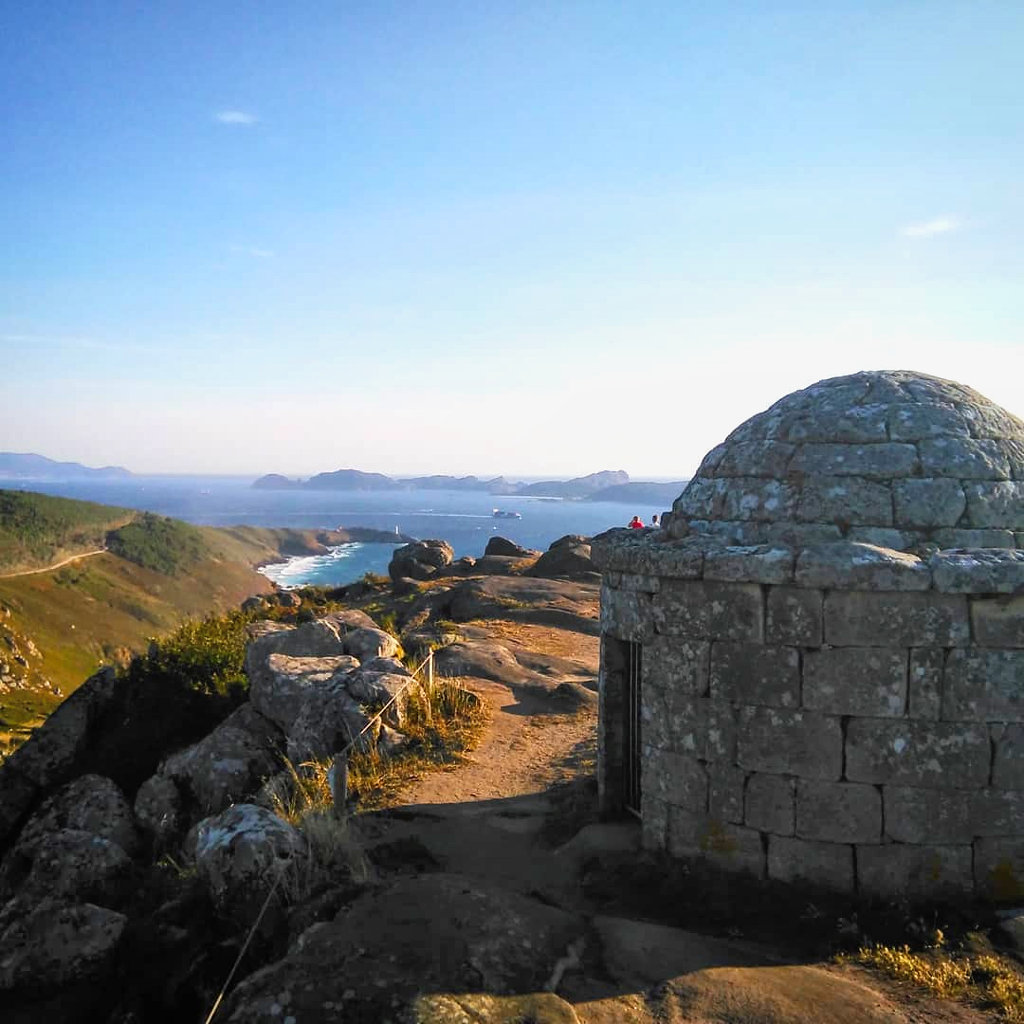
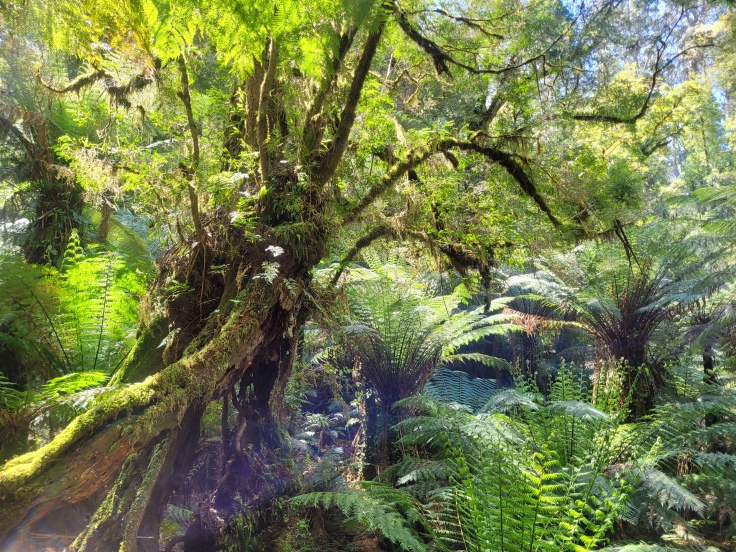
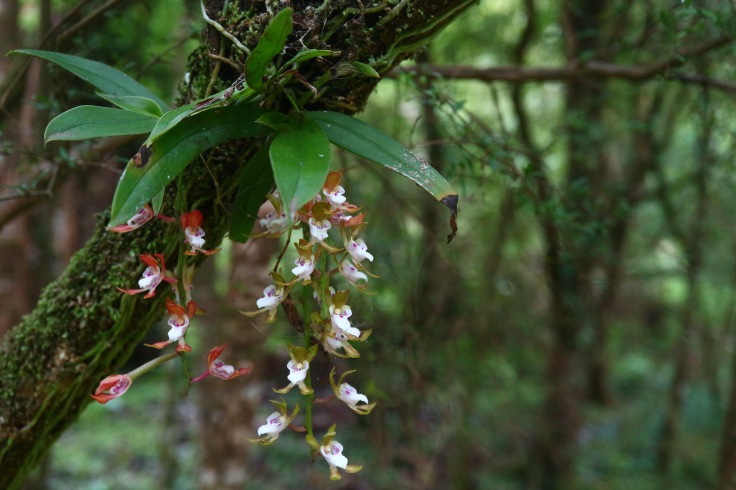

It is interesting to call the Romans invaders when the Celts according to many accounts fought each other sometimes for territory. And, from what I’ve read, different tribes or groups of Celts lived on plenty of territory. They probably fought other people besides Celts as well. One man’s invader might be another man’s acquirer. So not to make a fuss over terms, but descriptions of history sometimes skew facts and impressions. In this case, the way Romans are described as invaders seems to me conferring a bit of undue innocence upon the Celts who were in turn invaders to amongst themselves and likely other people. There are few saints on the battlefield. I think it was more like who was just was based on who won – at least in their eyes.
LikeLike
Thanks for your feedback Steve! They are very interesting comments. I certainly agree that the pre-Roman civilizations in Galicia were not peaceful – indeed I recall reading in a history of Galicia that you could define them as militaristic-hierarchical (Monte Facho is a typical hill-fort/castro settlement, indicative of a defensive society) – and no doubt it is true that there are no saints found on the battlefield, but I still think it’s fair to say that the Roman military invaded Galicia: they used massive armies, engaged in huge battles, and talked about it as a conquest in their own terms. Perhaps conflict was a regular event in pre-Roman Galicia, but the scale of the Roman invasion was surely unprecedented for those people; whereas before they may have been subjects of a local strongman king, now they were subject to the Roman Emperor! Even today conquest and invasion is part and parcel of modern geopolitics (Iraq, Ukraine, Vietnam…), but that doesn’t take away from the fact that these are all invasions.
LikeLike